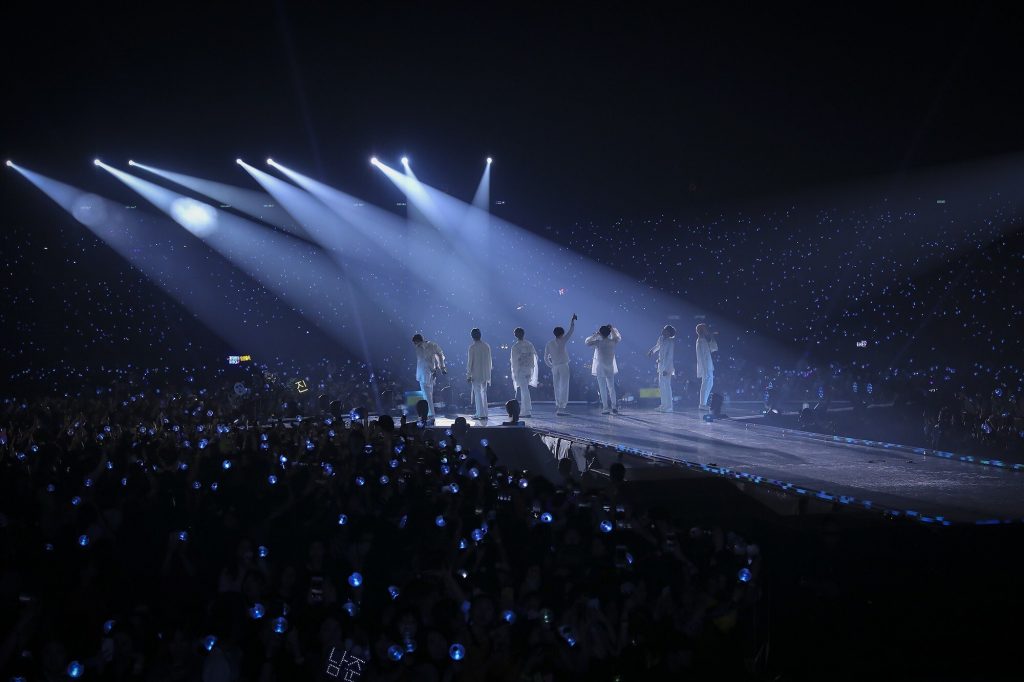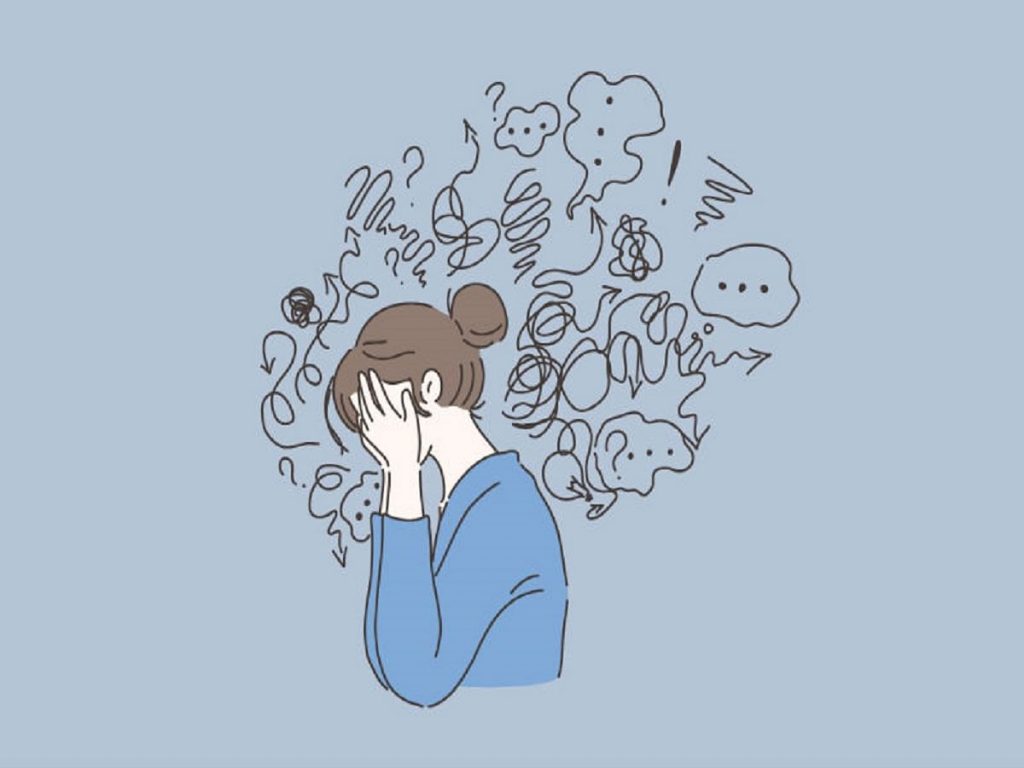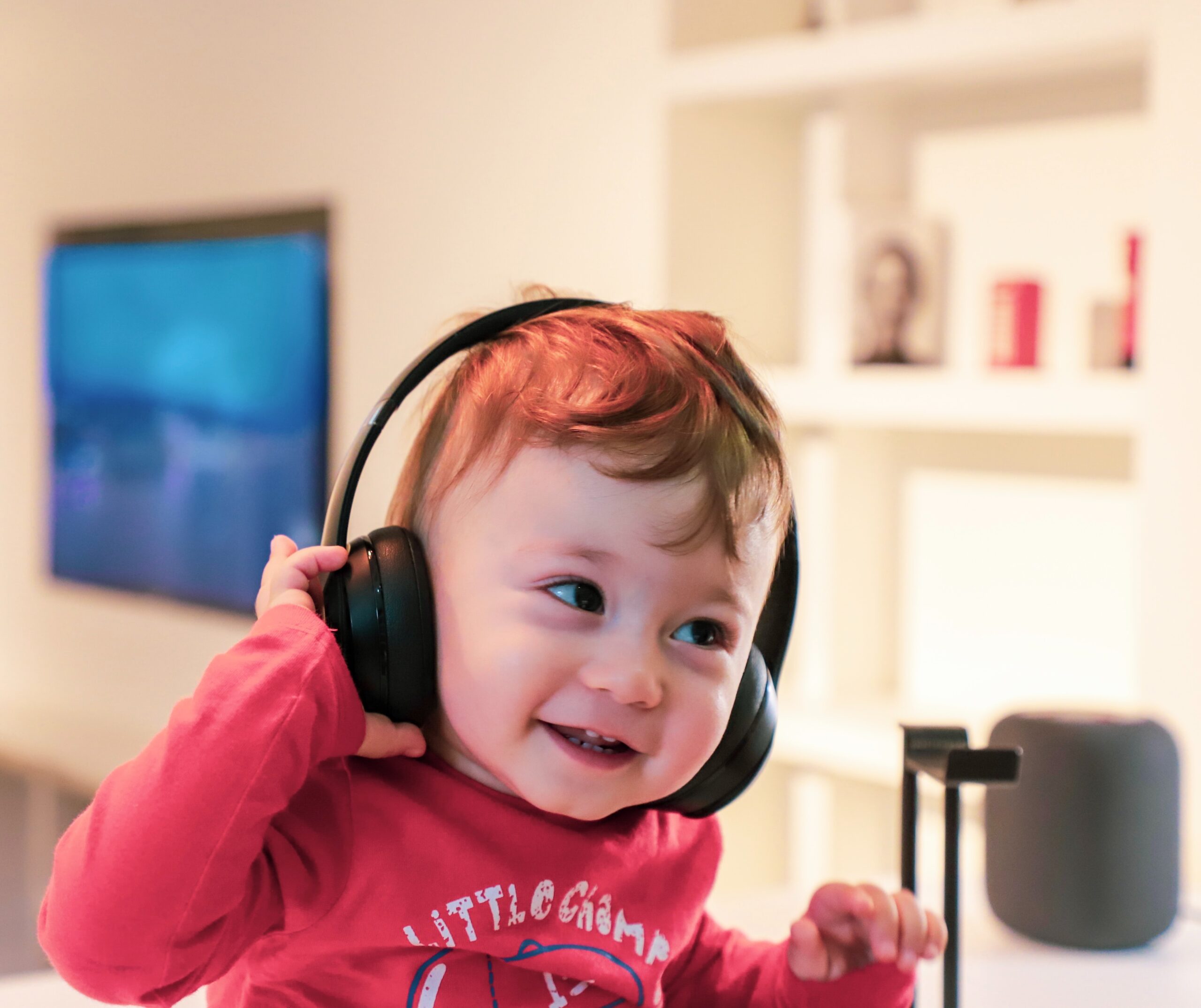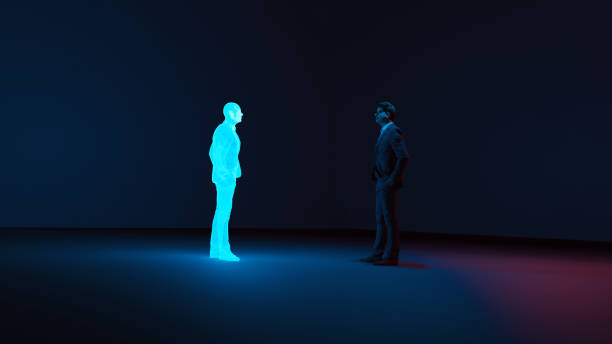Collective Effervescence and Mental Health: What You Need to be Happy
By: Nandini Gupta
Education & Learning, Feature Articles, Health & Welfare, Psychology, Social & Youth development,

What is collective effervescence?
Point of view: you’re in a music concert. Your favorite band is playing. The sound is loud. The drinks are expensive. The people are sweaty. And you realize that you could’ve heard the same songs at home. But, you still decided to attend this concert. Why? Because of something known as collective effervescence.
“It’s a special experience, that feeling of connection, of being in that giant crowd,” says Shira Gabriel, a psychologist at the University at Buffalo in New York. “You and everybody else in the stadium knows the songs, and when you feel the notes coming together, you experience them collectively. In a less sweaty sense, nerds assemble at Comic Con and psychology conferences to feel the same connection – even if they don’t know everybody (or anybody) there.”
Humans find their greatest bliss in moments of collective effervescence. It’s a concept coined by Émile Durkheim, a sociologist in the early 20th century. It refers to the energy and bliss individuals feel when they come together in a group that has a shared purpose.
Collective effervescence is what you feel when you slide into rhythm with strangers on a dance floor. When you have meaningful conversations with colleagues. When you celebrate festivals together with your cousins. Or when you go into practice sessions with your basketball team.
And during the pandemic, that has been largely absent from our lives.

Collective effervescence and the pandemic
Before the pandemic, research showed that more than three-quarters of people found collective effervescence at least once a week, and about a third experienced it at least once during the day. But as people eased into lockdowns and social distancing, these experiences and emotions became less and less. Many found themselves being dragged into a dark hole with no escape in sight.
Emotions are contagious, which means they spread from one person to another. “Emotional contagion is when we are literally infected with other people’s emotions,” explains Sigal Barsade, a management professor at the Wharton School of the University of Pennsylvania and a leading researcher on this topic. “In almost all of our studies, what we have found is that people don’t realize it’s happening.”
“When the pandemic began in 2020, the first negative emotion to spread was fear,” says Adam Grant, an organizational psychologist at Wharton and author of “Think Again: The Power of Knowing What You Don’t Know.” “Waves of panic crashed through communities compelling people to purify packages and hoard hand sanitizer. As too many people lost loved ones, too many others lost jobs and everyone lost some semblance of normal life.”
As a result, the number of cases of depression and anxiety increased. Depression rates rose from one in ten American adults to four in ten adults.

Collective effervescence for different people
Another harbour for emotional contagion is the internet and social media. For instance, during the pandemic, many people faced Zoom fatigue, which arose from sitting in front of a computer screen and solely meeting people online for long hours during the day. This was made even worse because people were communicating with others who were also sad, stressed, lonely, or tired.
“While emotions spread more easily in person, they also get transmitted through social media, phone calls, emails, and video chats. In fact, negative emotions related to isolation may make us even more susceptible,” says Barsade.
But for many, it seemed as if introverts would be shielded away from all the domino effects of emotional contagion. People felt that since introverts don’t need a lot of social interaction, they would get by the pandemic with not so much trouble. But, that wasn’t the case.
Research shows that during the pandemic, it was generally the introverts and not the extroverts who showed signs of depression, anxiety, stress, and loneliness. Yes, extroverts might need more connection, but that doesn’t mean that introverts don’t need it as well. They are also energized by social interaction. They also need collective effervescence.
Émile Durkheim first wrote about collective effervescence in 1912. That was close to the start of WWI and six years before the Spanish flu began its deadly spread. The Roaring Twenties brought everything back into full force. People found collective effervescence in not only large, fancy gatherings, but also in their day-to-day activities.
As some countries have begun to open up, collective effervescence is happening naturally. Some of us are already feeling the rush of a real vacation and are excited about creative collisions at work. But getting out of the house doesn’t exactly guarantee that we’ll automatically pursue collective effervescence.

Putting collective effervescence first
Psychologists find that cultures in which people do a lot of activities together generally yield happier people. Pursuing happiness socially through connecting, caring, and contributing not only brings people together but also improves their well-being. On the other hand, pursuing happiness individually leads to people becoming lonelier.
Barsade gives the example of Dr. Anthony Fauci, director of the National Institute of Allergy and Infectious Diseases when it comes to keeping in mind the deep impact of collective effervescence. Fauci does an excellent job of conveying information in an uncertain time with a touch of reassurance, which makes people feel less anxious and fearful.
“Try noticing how you are influenced by others’ moods and how their reactions influence yours,” she advises. “You can then reorient conversations away from catastrophizing and toward calm, showing the young people in your life that caring and hope are as easy to spread as negativity.”
Grant feels that it’s time to create a Declaration of Interdependence. “You can feel depressed and anxious alone, but it’s rare to laugh alone or love alone. Joy shared is joy sustained.”
Works Cited
Baer, Drake. “Protests, Parties, and Sports Games All Fill the Same Human Need.” The Cut, The Cut, 23 Jan. 2017.
Barsade, Sigal. “Emotions Are Contagious. But You Can Control What Spreads.” Https://Www.inquirer.com, The Philadelphia Inquirer. 20 Aug. 2020.
Grant, Adam. “There’s a Specific Kind of Joy We’ve Been Missing.” The New York Times, The New York Times, 10 July 2021.
Tags: collective effervescence, collective effervescence and the pandemic, Covid-19, Mental Health, mental health and covid-19, mental health and the pandemic, mental health problems, mutual happiness, pandemic, Youth Development,










[…] can set aside time to take care of all their tasks as well as prioritize their physical and mental health. And routines are the way to do […]
[…] than all the techniques, the first step should be that you should talk to your inner self and have hope in yourself that all troubles will pass […]